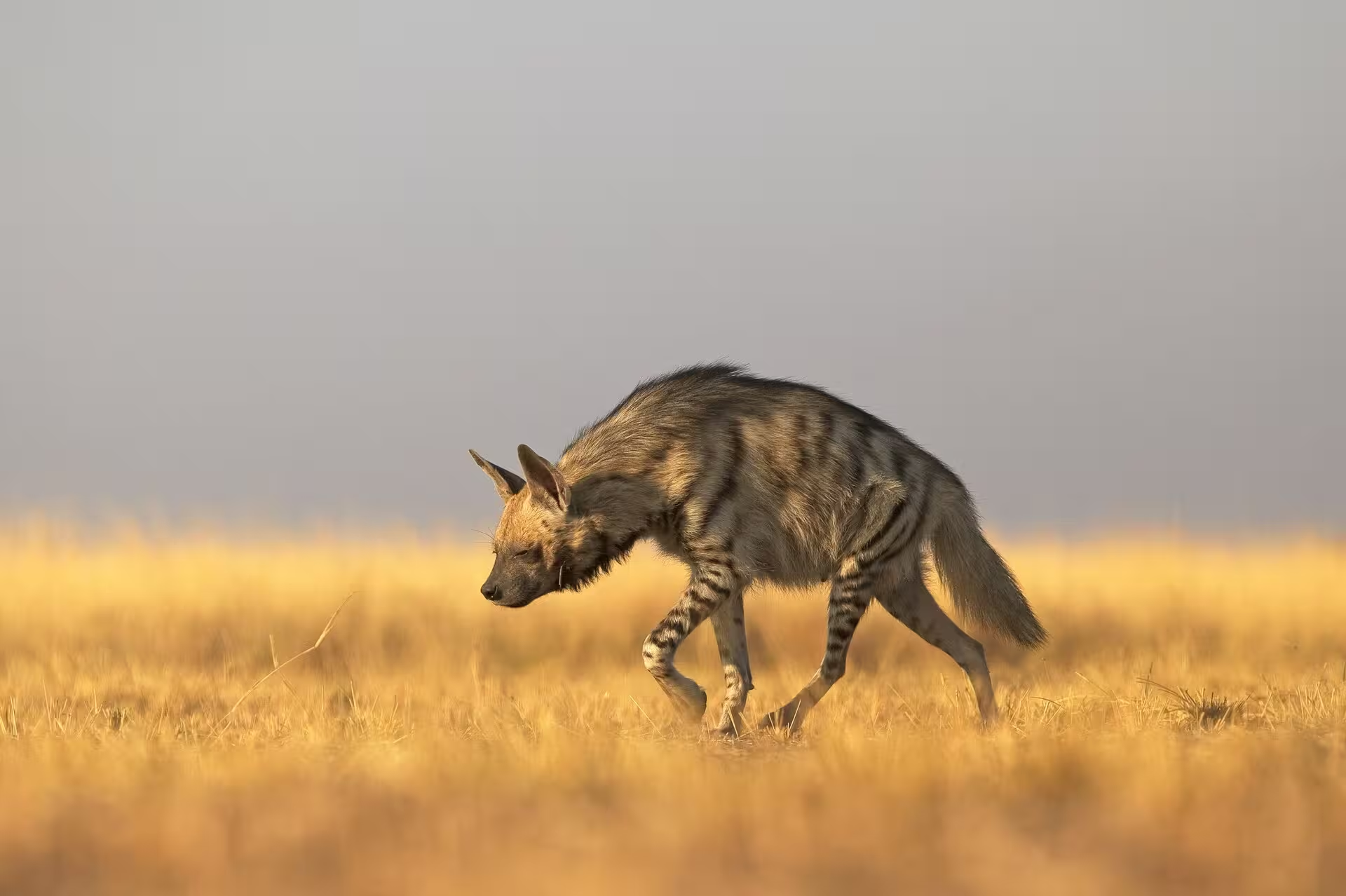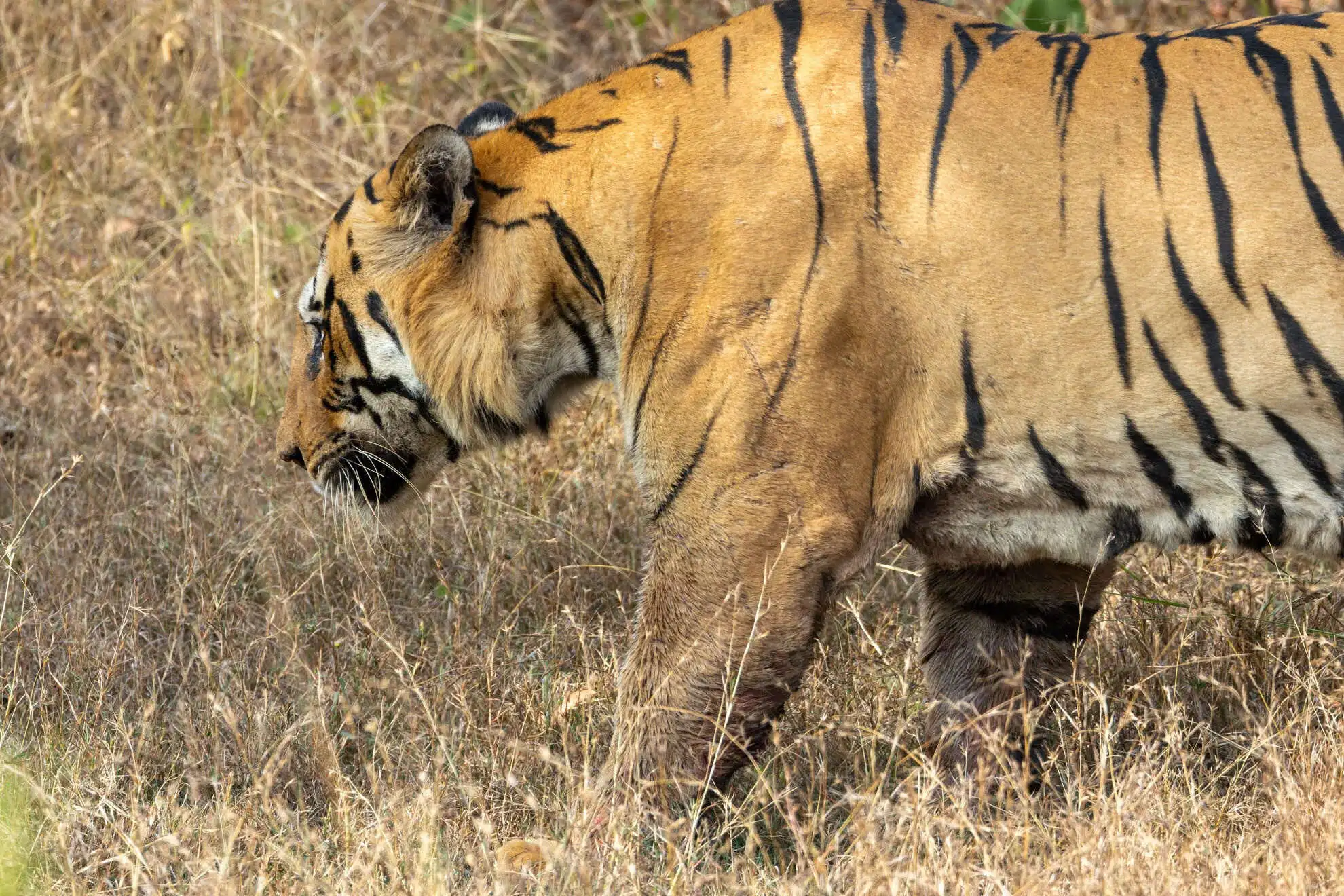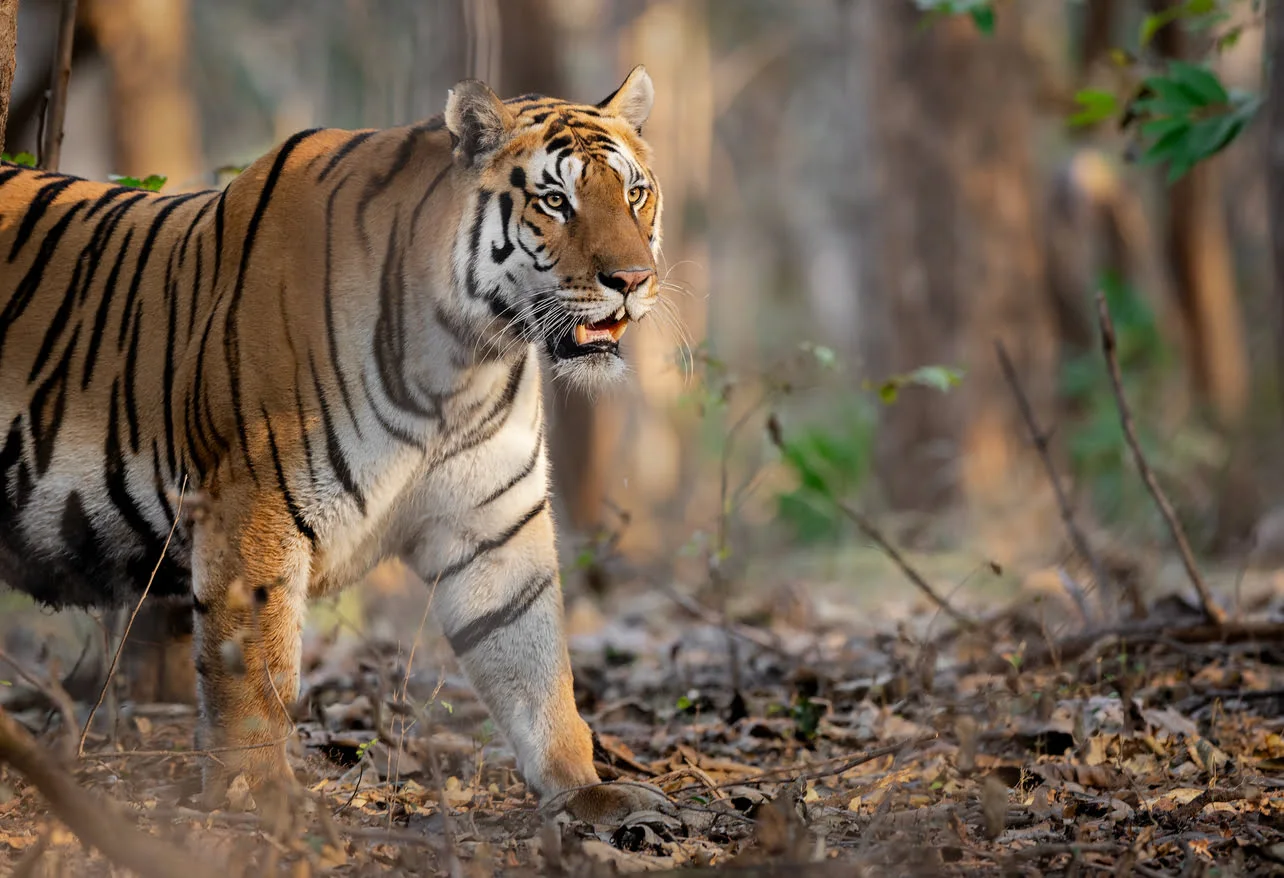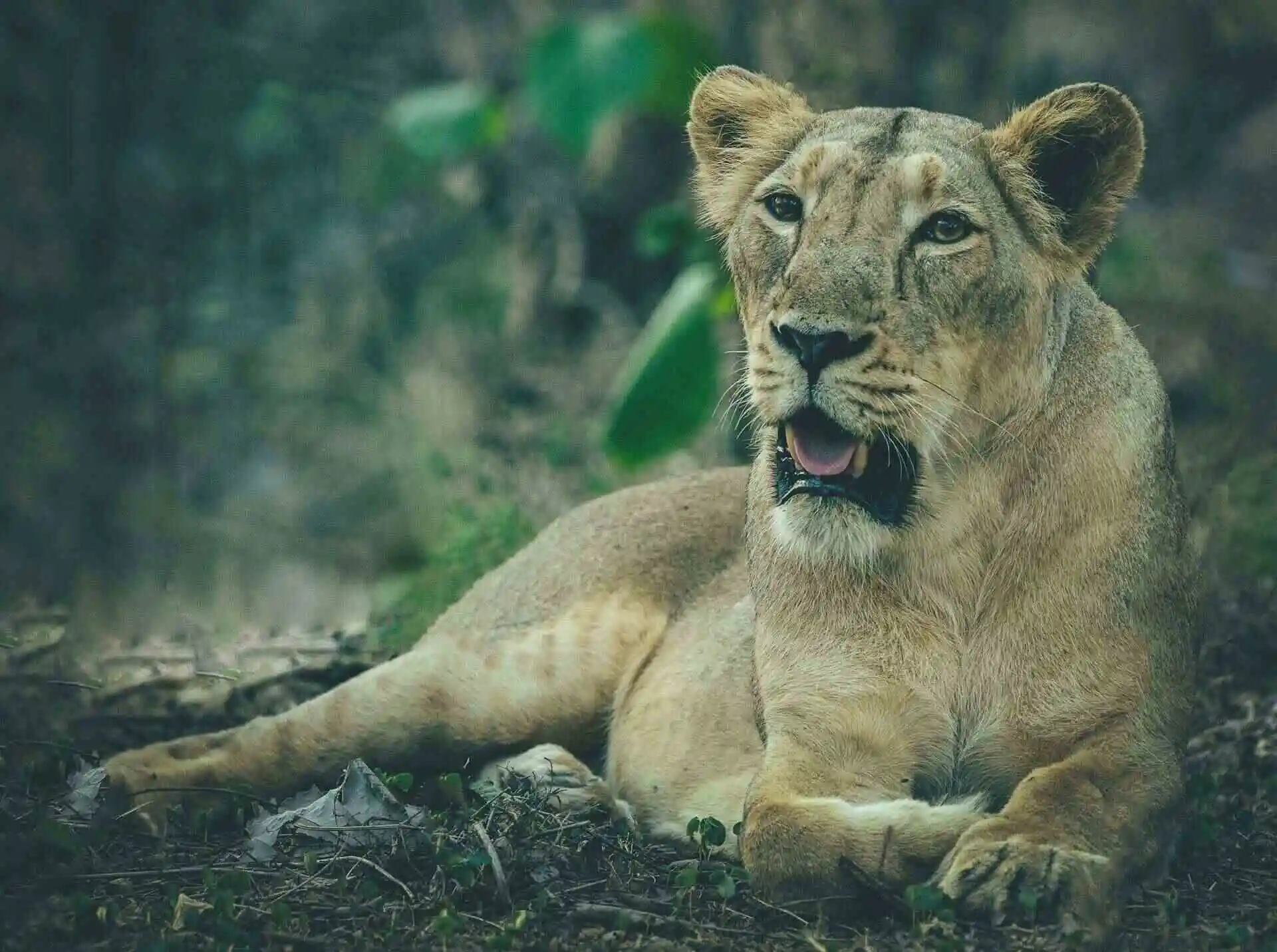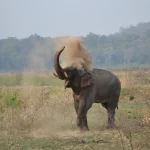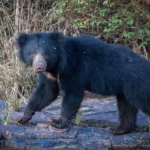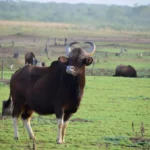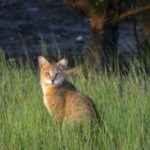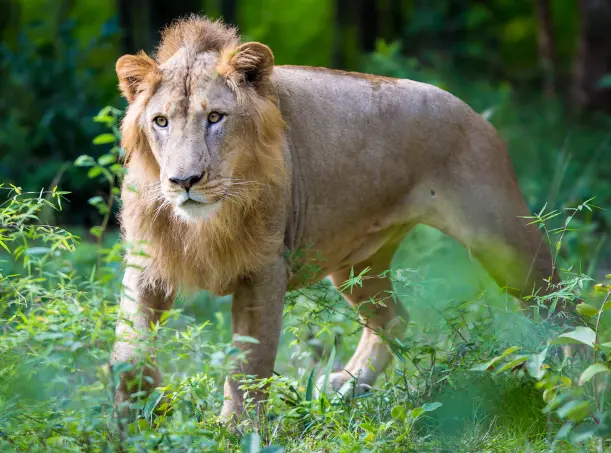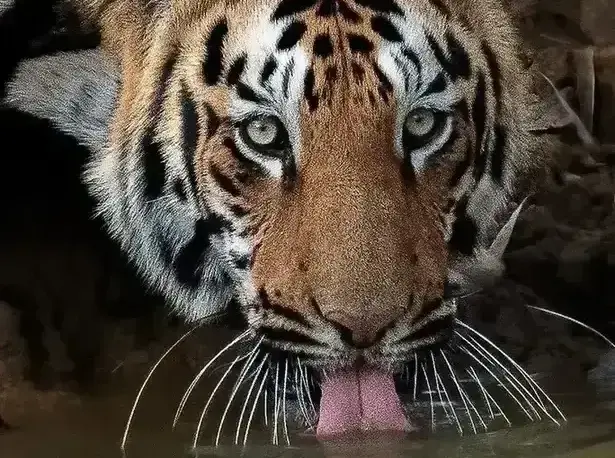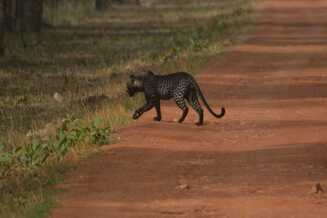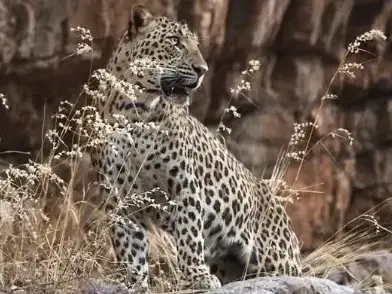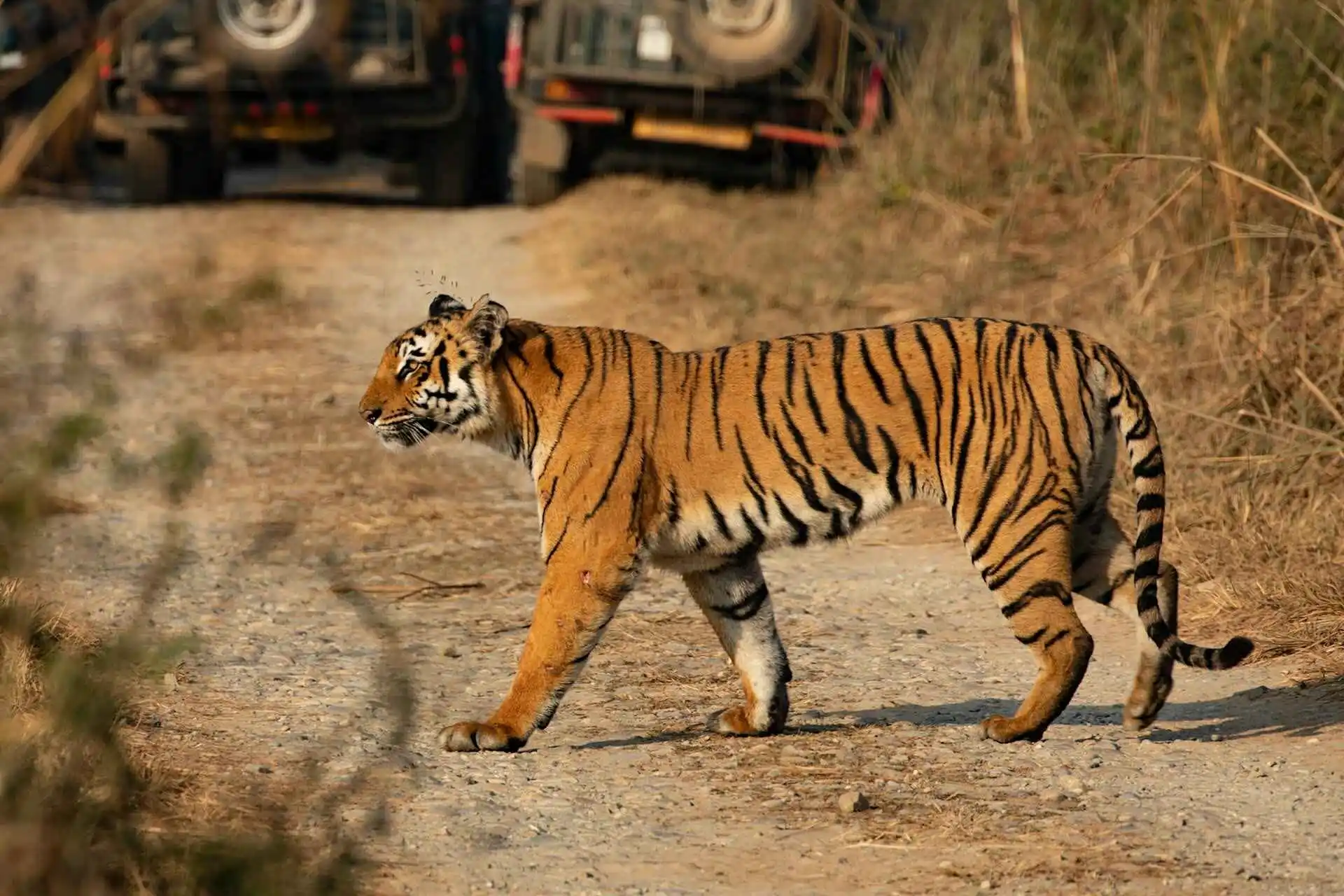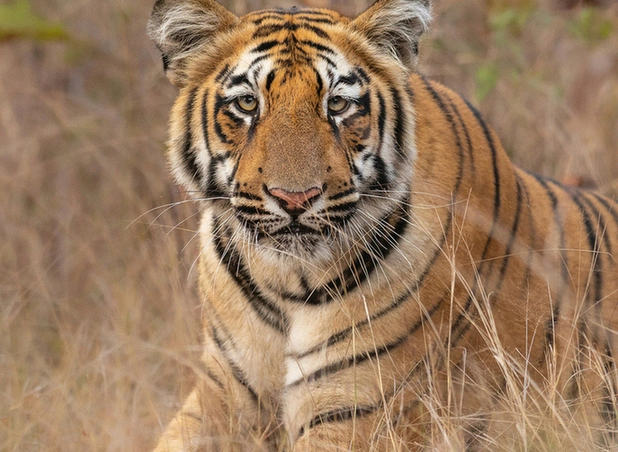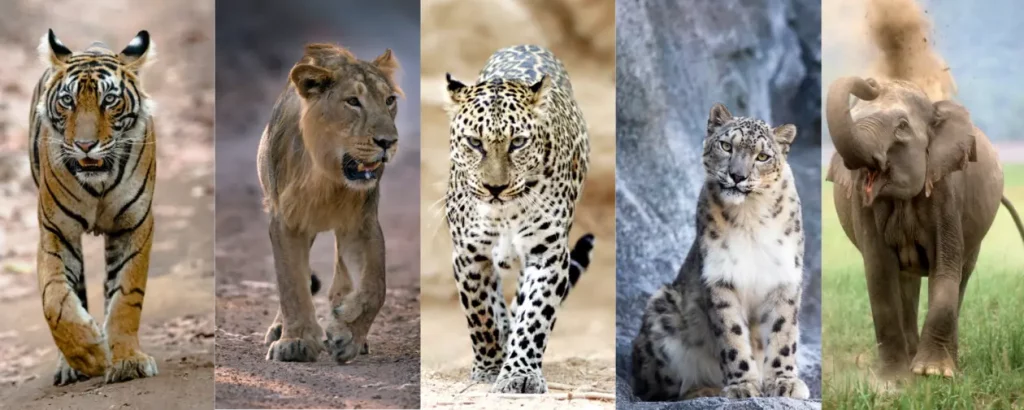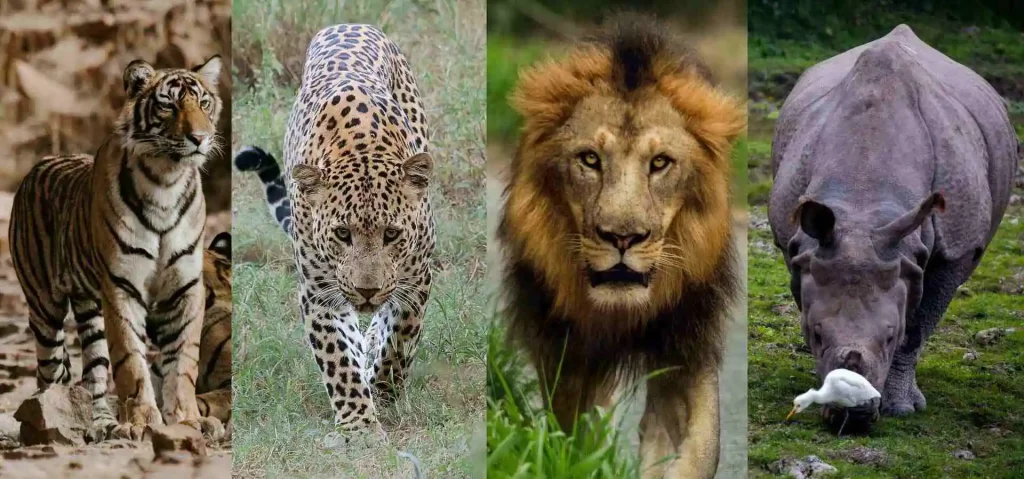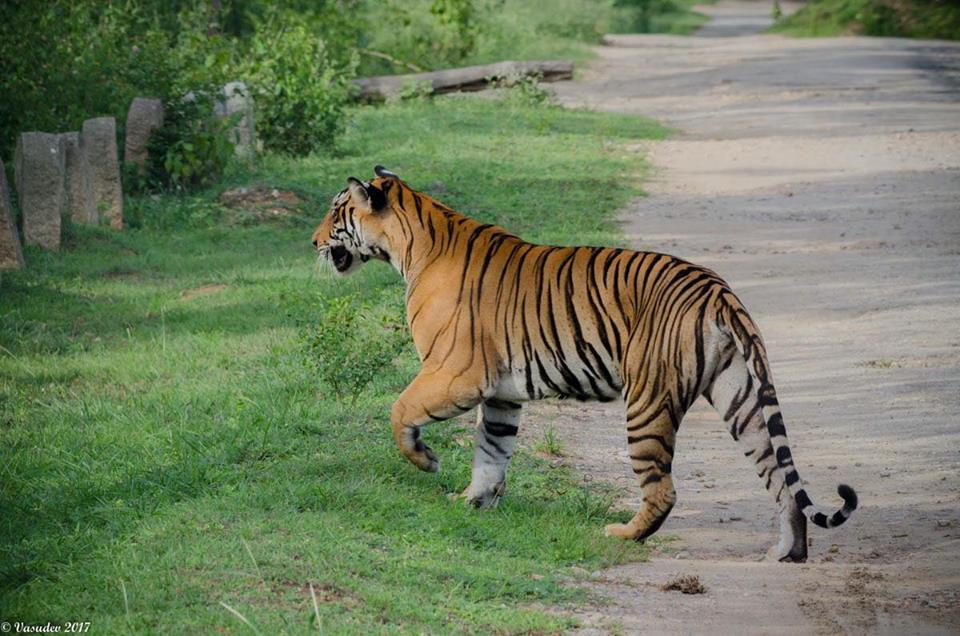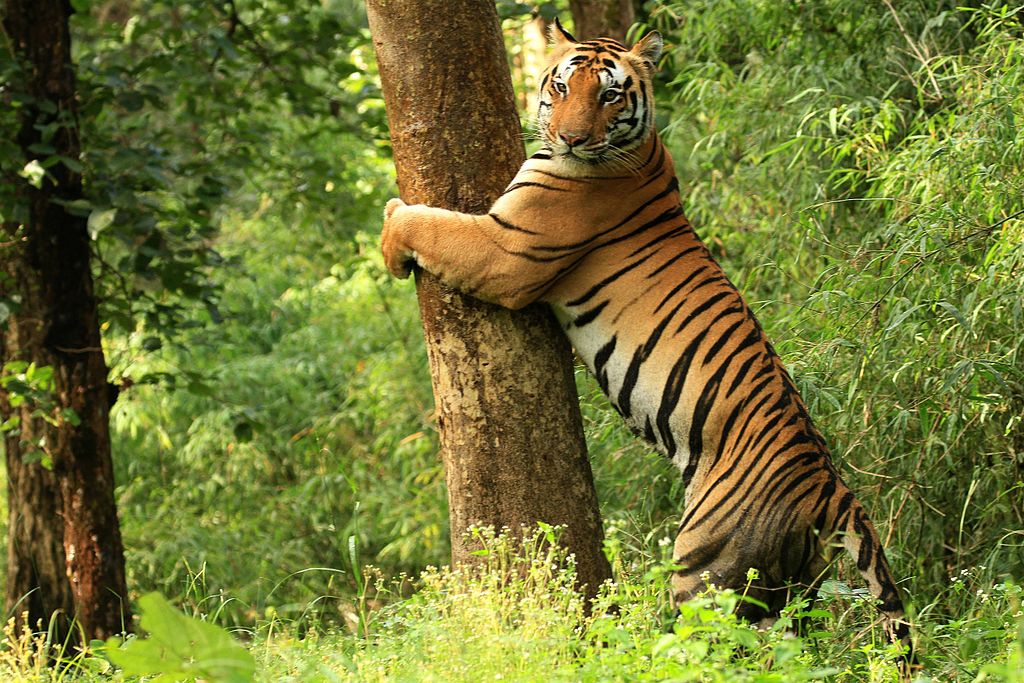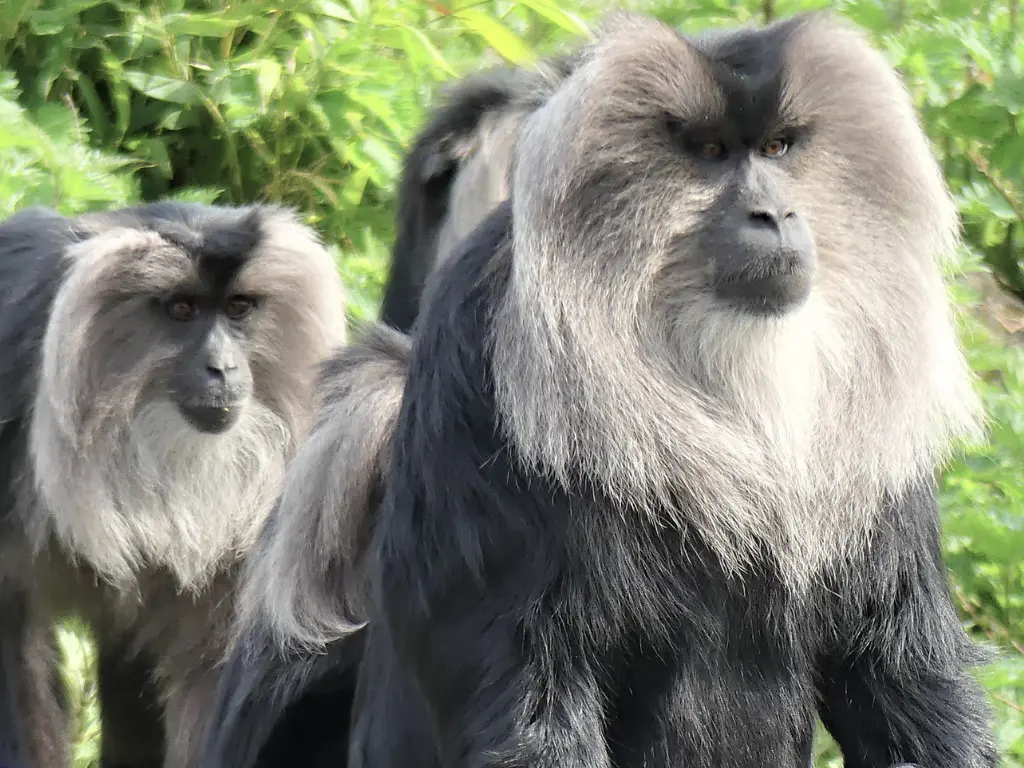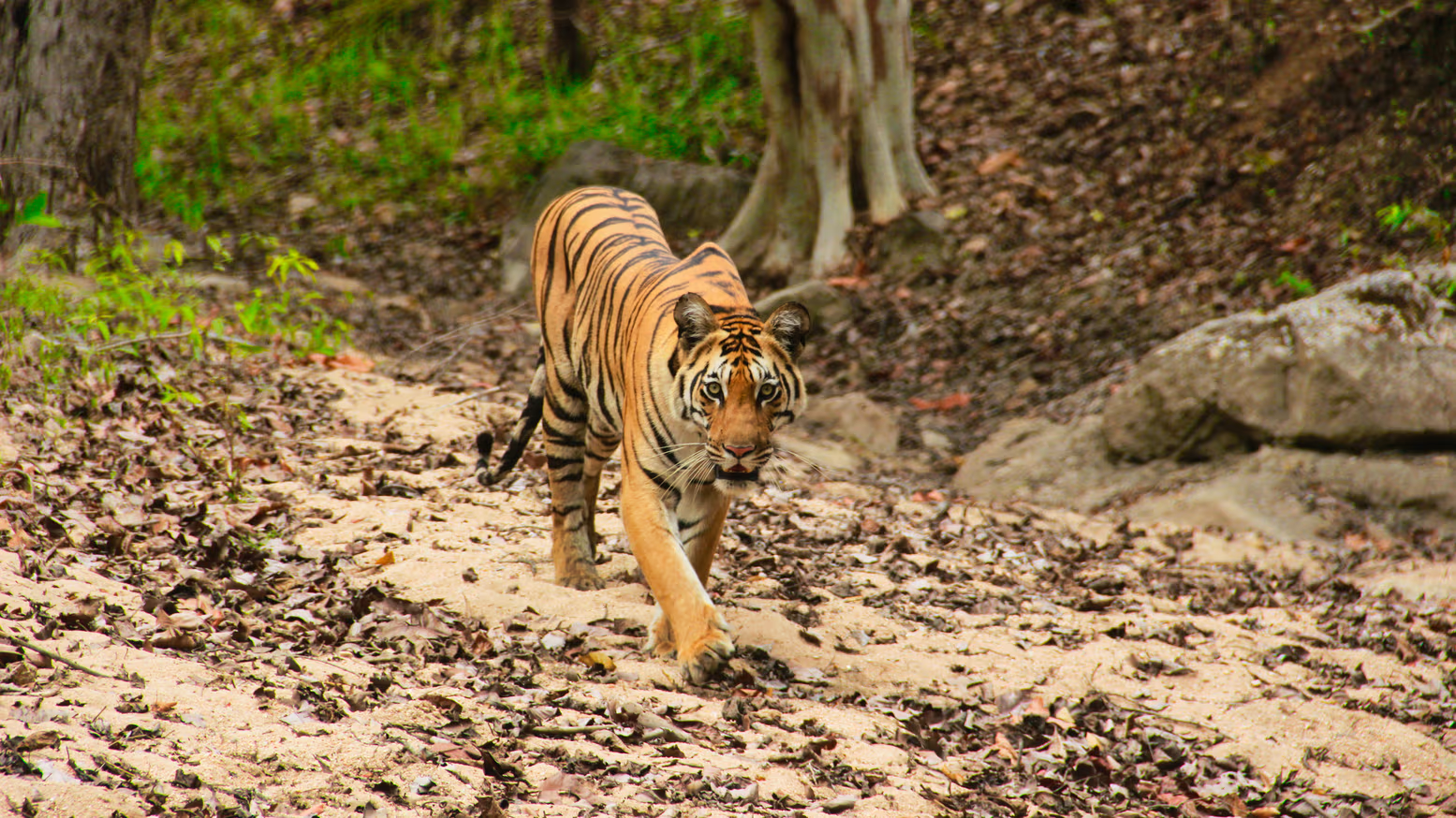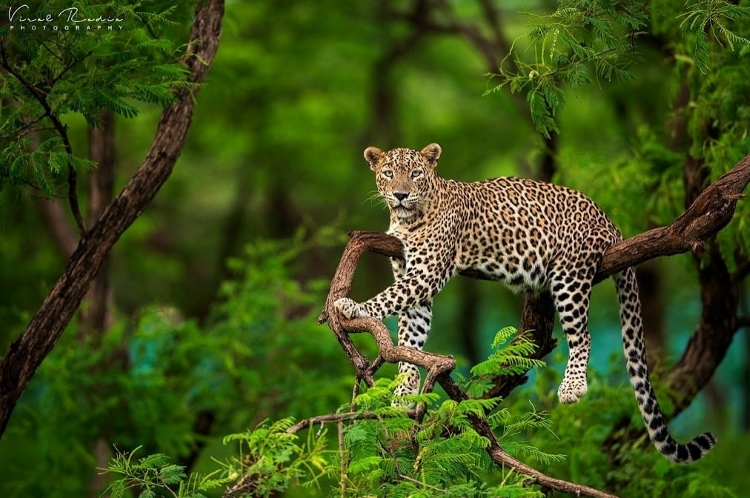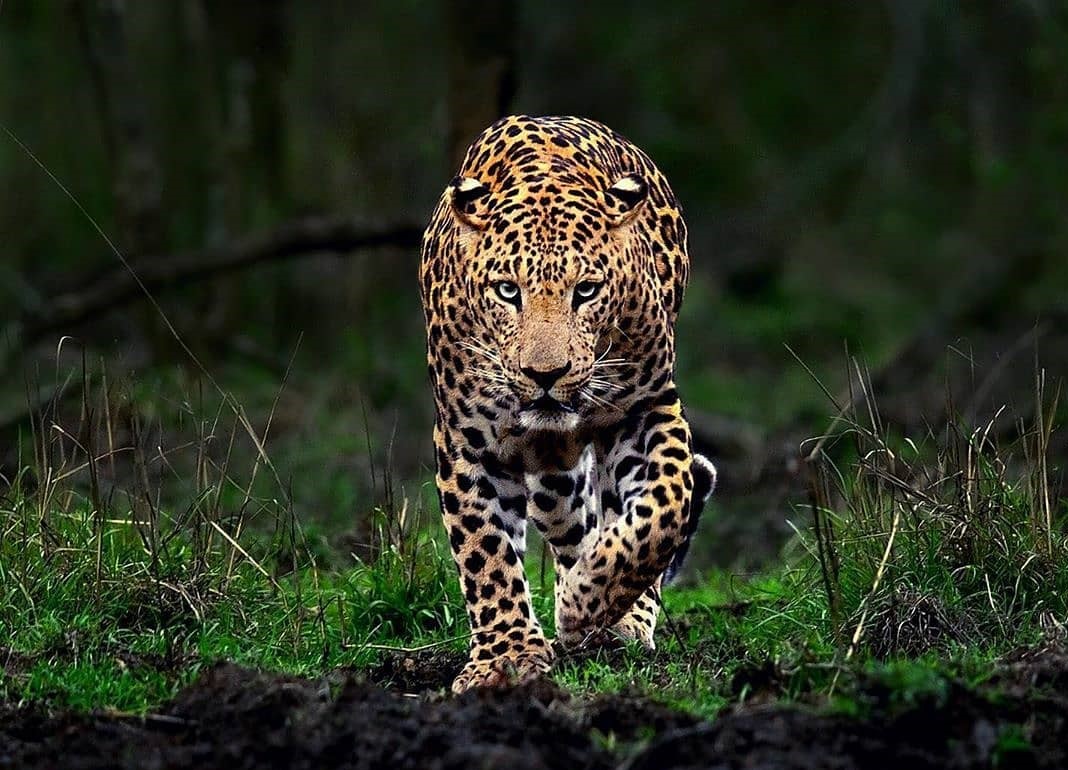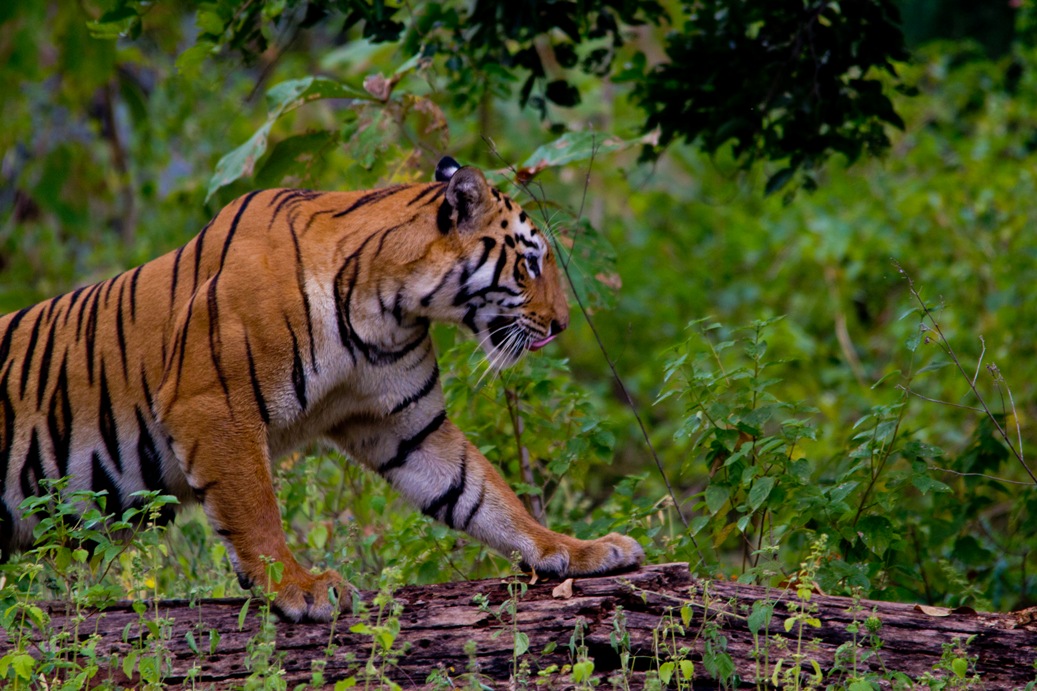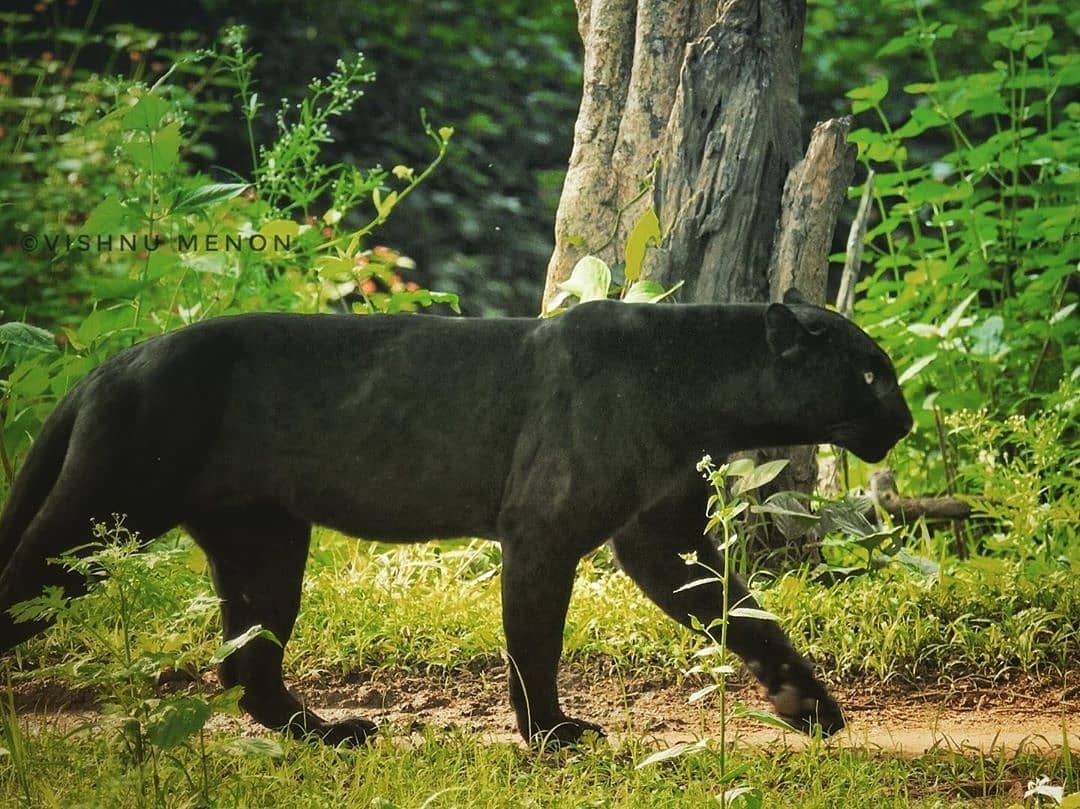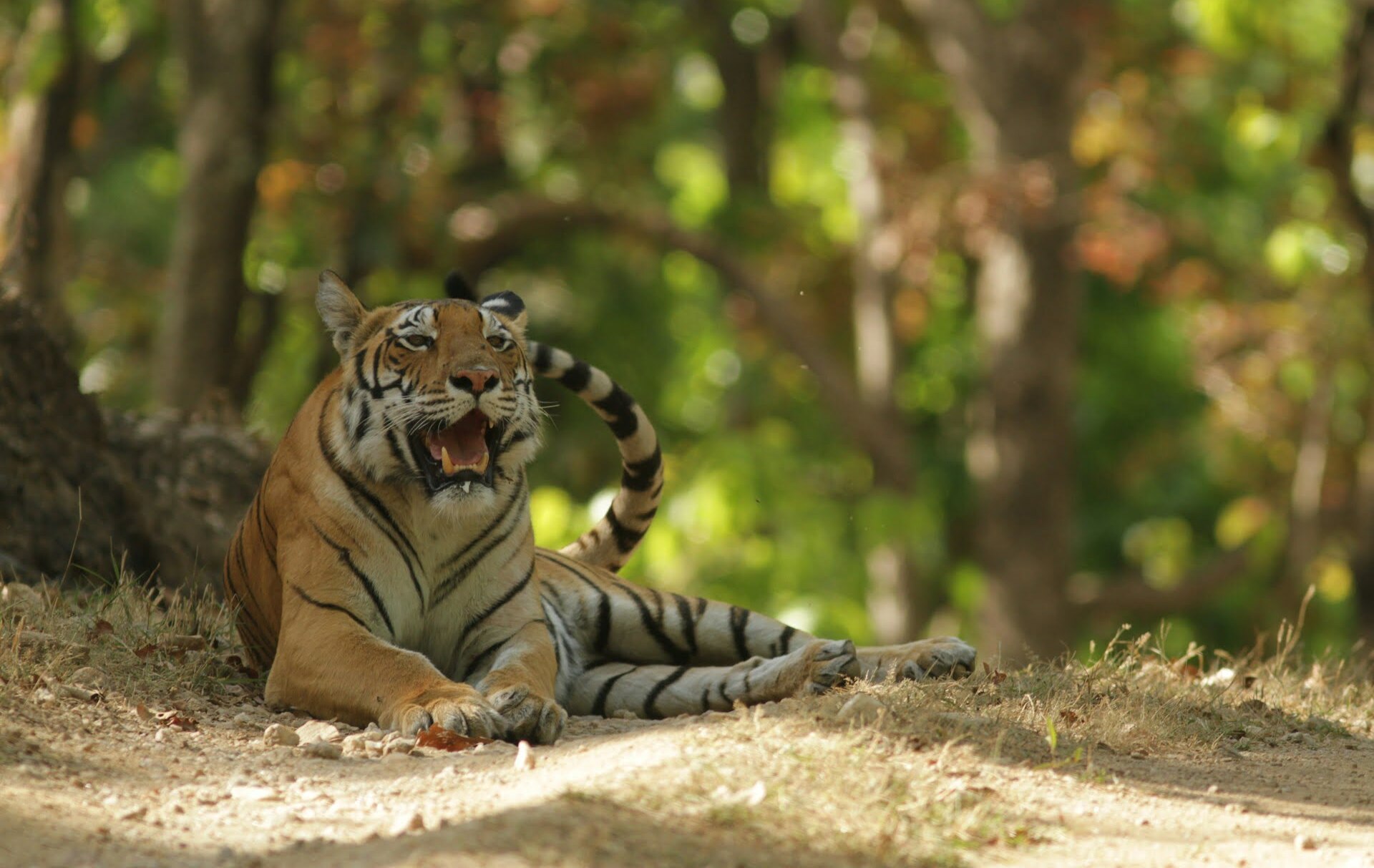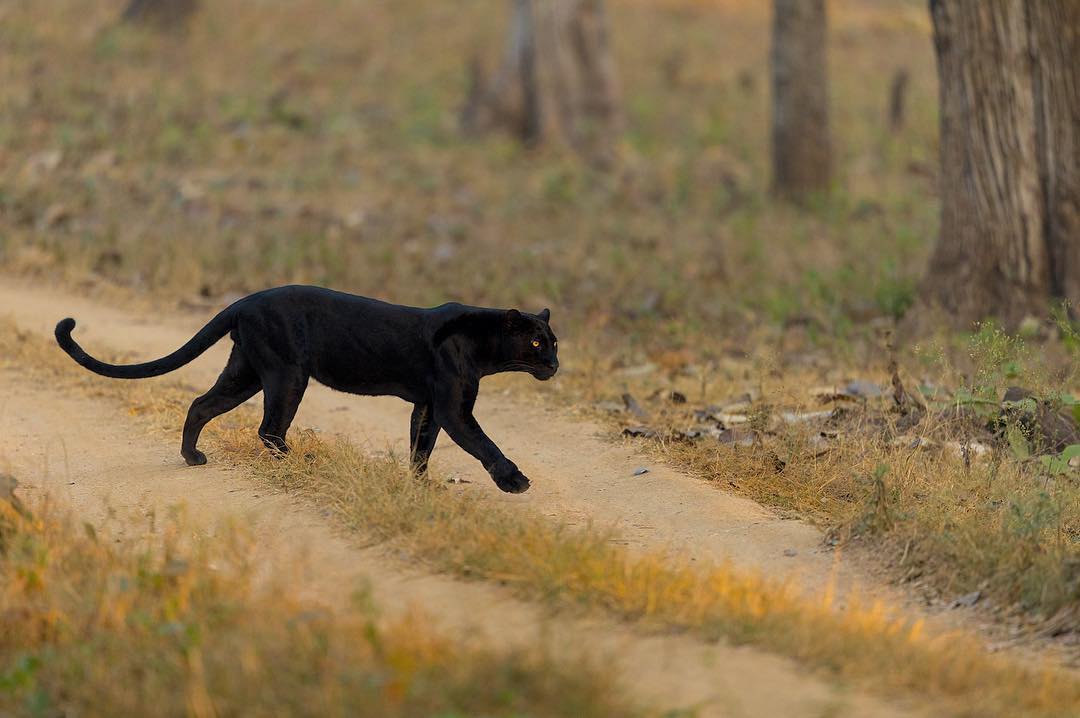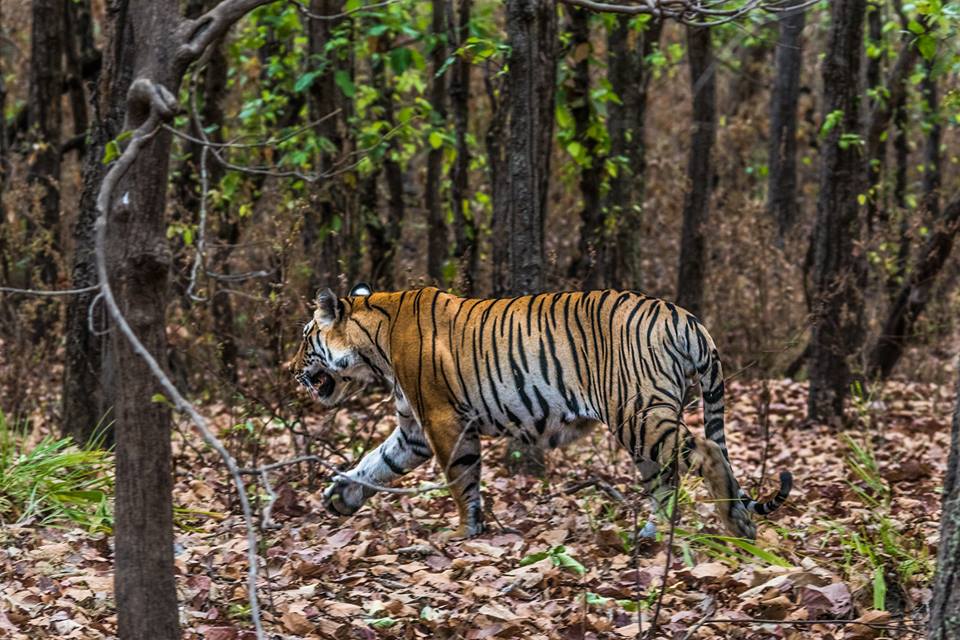You may not spot it often, but the Indian hyena is always around, moving through in dry forests, rocky hills, and quiet corners of the wild. It doesn’t seek the spotlight like tigers or leopards, but it plays a big part in keeping the wild healthy. With its striped coat, strong jaws, and secretive ways, this shy scavenger keeps the forest clean and balanced. It may be shy, but it’s one of the forest’s most important workers. It’s time we looked beyond the big cats and gave this quiet survivor the attention it deserves.
What Is an Indian Hyena?
The Indian hyena, also called the striped hyena, is a medium-sized carnivore found in many parts of India. It belongs to the hyena family but is different from the spotted hyenas found in Africa. This is the only hyena species found in the Indian subcontinent While it shares some traits, the Indian hyena is more solitary and less aggressive.
It has a sloped back, long neck, and a strong build. With black stripes on a greyish-brown coat, a shaggy mane, and large ears, it’s easy to recognize when spotted in the wild.
Physical Features
- Sloped back, with front legs longer than the hind legs
- Striped coat with shades of grey and black
- Long, coarse mane running along the back
- Broad head with strong jaws
- Large, upright ears for better hearing
They weigh around 25 to 40 kilograms and measure about 3 to 4 feet in length.
Quick Characteristic Table
| Characteristic | Description |
|---|---|
| Scientific Name | Hyaena hyaena indica |
| Common Name | Indian Hyena, Striped Hyena |
| Head-body length | 85-130 cm |
| Tail length | 25-40 cm |
| Shoulder height | 65-80 cm |
| Weight | 25-55 kg |
| Habitat | Dry forests, scrublands, grasslands, semi-deserts. |
| Diet | Primarily scavenger (carrion); also hunts small prey, fruits, insects. |
| Conservation Status | Near Threatened (global species status). |
What They Eat?
Hyenas are known scavengers. They feed on:
- Animal remains left by other predators
- Bones, which they can crush and digest
- Insects, small mammals, and birds
- Fruits and tubers when meat is scarce
Their powerful jaws can crush bones easily, helping them extract nutrition that most animals leave behind. This also helps keep the forest clean by removing decaying remains.
Where You Can Find Them in India
Indian hyenas are found across several states, including:
- Rajasthan
- Gujarat
- Madhya Pradesh
- Maharashtra
- Parts of Karnataka and Andhra Pradesh
They prefer open, dry landscapes – rocky terrain, scrub forests, grasslands, and dry deciduous forests. They often rest in caves or dens hidden among rocks during the day and come out at night to feed.
Habits and Lifestyle
Indian hyenas are mostly nocturnal. They stay hidden during the day and begin moving after sunset. They usually live alone but may be seen in pairs or small family groups.
These animals are known for their patience and intelligence. They move carefully, sniffing the ground, and rarely waste energy chasing live prey unless needed. They often return to the same den for many years, especially if it is safe and undisturbed.
Behavior and Calls
Though generally silent, Indian hyenas may grunt, growl, or make soft whooping sounds. They communicate using scent marking and body movements rather than loud calls.
They also show an interesting habit carrying bones back to their dens. This behavior has often led to myths and stories in rural areas.
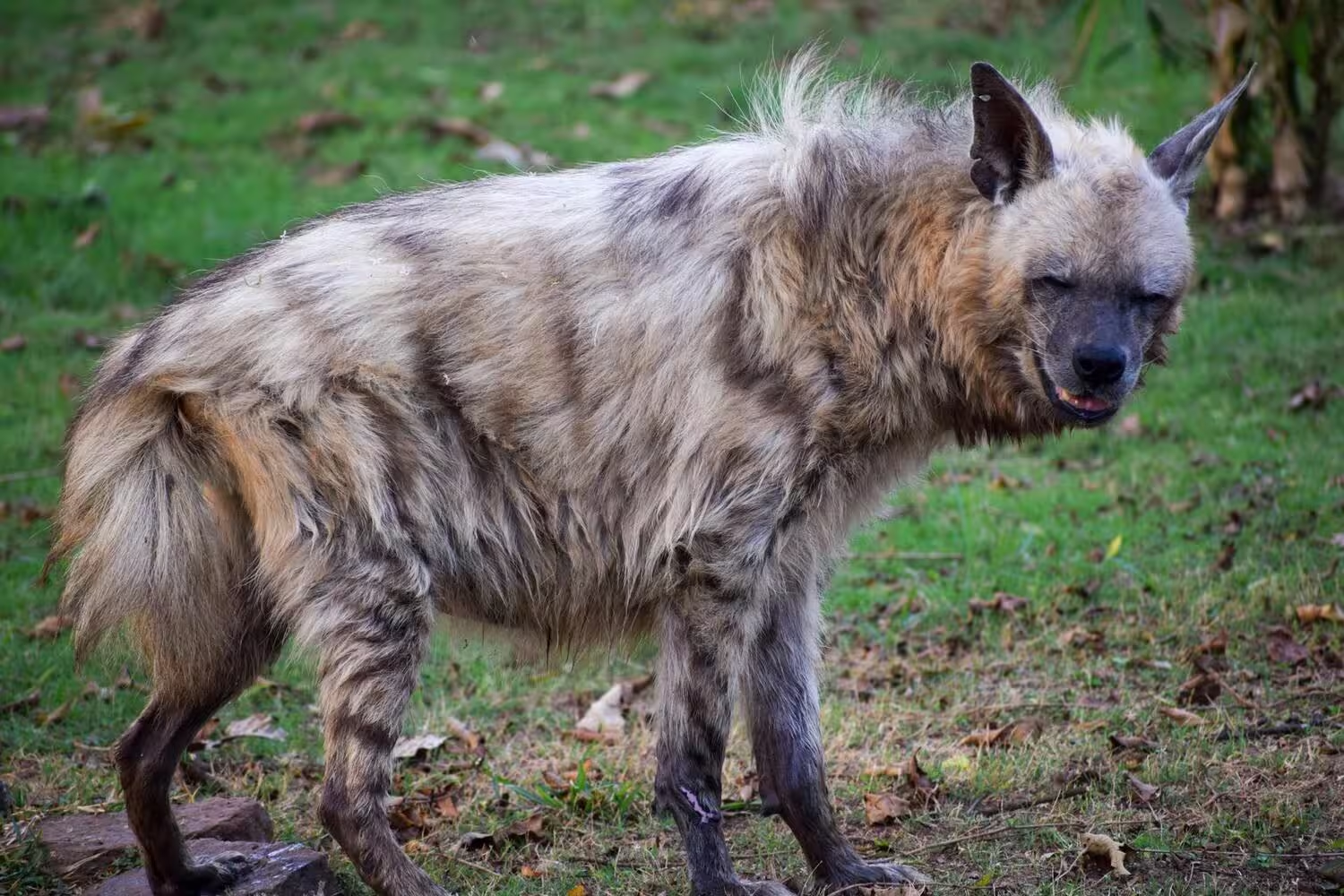
A striped hyena, with its shaggy mane bristling, stands on green grass.
How They Interact with Other Predators
Indian hyenas usually keep their distance from larger predators like tigers, leopards, and wild dogs. They are not built for direct fights, so they rely on caution and timing. Often, they feed on leftovers from big cat kills once the dominant predator has moved on.
While there may be occasional clashes over food, hyenas rarely challenge stronger animals. They avoid conflict and wait patiently for their turn. In some areas, they even follow leopards from a distance, hoping to scavenge after the hunt.
With jackals and foxes, they may share the same area but usually stay out of each other’s way. Their scavenging nature helps reduce direct competition, as they often feed on what others leave behind.
Top National Parks to Spot the Indian Hyena
Seeing an Indian hyena in the wild takes luck and patience, but some places offer better chances than others. These parks and reserves are known for occasional sightings:
- Velavadar National Park, Gujarat – Open grasslands and quiet evenings make this a good spot
- Gir National Park, Gujarat – Known for lions, but hyenas live here too
- Ranthambhore Buffer Zones, Rajasthan – Less crowded areas increase your chances
- Panna National Park, Madhya Pradesh – Dry forests around the park support a small population
- Kuno National Park, Madhya Pradesh – A growing wildlife area where hyenas are sometimes seen
- Jhalana and Bera, Rajasthan – Mostly known for leopards, but hyenas are spotted occasionally
Night drives in buffer zones or dry scrublands can improve your chances, but patience is everything when it comes to finding this shy animal.
Top Safari Packages Where You Can Spot Indian Hyenas
Threats and Conservation
Indian hyenas face several threats in the wild:
- Loss of habitat due to farming, roads, and construction
- Poisoned carcasses meant for other predators often kill them too
- Illegal trapping and hunting in some regions
- A negative image that makes people fear or avoid them
They are listed as Near Threatened by the IUCN, which means their population is declining but not yet endangered. In India, they are protected under the Wildlife Protection Act. It’s estimated that around 5,000 to 10,000 striped hyenas live across the country, though exact numbers are unclear due to their secretive nature.
Raising awareness and changing how people see these animals is key to their future. They may not be as famous as tigers or leopards, but they play an important role in the ecosystem by cleaning up leftovers and keeping the balance.
Are They Dangerous?
Indian hyenas rarely pose a threat to humans. They stay away from villages and are usually active only at night. In rare cases, they may scavenge near human areas if food is scarce, but attacks are almost unheard of.
The biggest threat to them comes from us. Fear, myths, and lack of awareness often lead to their death or habitat loss.
Why They Matter?
Even though they aren’t the star of the forest, Indian hyenas play an important role. By cleaning up dead remains, they help control disease and keep the ecosystem balanced. They also control the population of smaller animals like rodents.
Unfortunately, they are often misunderstood. Old tales paint them as dangerous or eerie, but in truth, they are shy and avoid people.
Interesting facts about Indian Hyena
- Striped hyena droppings are often chalky white because they eat a lot of bones, which are rich in calcium and minerals.
- A striped hyena’s bite is powerful enough to crush thick bones, hooves, and even horns left by other animals.
- Its jaw pressure can reach around 800 pounds per square inch, which is extremely strong for its size.
- Striped hyenas are mostly active at night and sleep during the day.
- Unlike spotted hyenas, they usually live alone or in pairs.
- They carry bones back to their dens to chew later.
- Their shaggy mane stands up when they feel threatened, making them look taller and harder to attack.
- Hyenas use scent marking to warn others and protect their space from intruders.
- Hyenas can digest even hair and skin, leaving almost no waste.
- In Lebanon, the striped hyena holds the title of national animal.
The Indian hyena may not roar or charge like other wild animals, but its presence is just as important. It keeps the forest clean, balances prey numbers, and survives in some of the toughest conditions.
Next time you hear about a safari or read stories of the jungle, take a moment to remember this quiet survivor. The Indian hyena may live in the shadows, but it surely deserves some spotlight.

